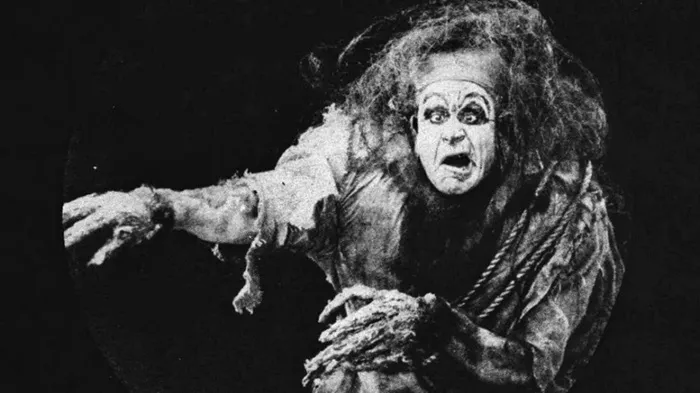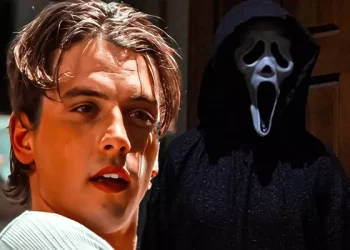The essence of fear has long been a source of fascination for humanity, deeply rooted in our history and culture. As the realm of storytelling evolved, the advent of cinema provided a new platform to delve into the darkest recesses of the human psyche. Yet, amidst the myriad of genres, one question has persisted: What was the first horror movie?
Tracing the Origins of Cinematic Horror
To pinpoint the inception of horror cinema, one must journey back to the pioneering days of film. The emergence of moving pictures in the late 19th century captivated audiences, primarily through short, silent films that showcased mundane activities. However, it wasn’t long before filmmakers sought to explore more provocative and chilling narratives.
“Le Manoir du Diable”: The Pioneer of Fear on Film
In this quest for the earliest horror film, a significant milestone stands tall: “Le Manoir du Diable” (“The House of the Devil”). Directed by Georges Méliès in 1896, this French short film, lasting a mere three minutes, is widely regarded as the first horror movie. It features elements that typify the genre—a haunted castle, supernatural occurrences, and the presence of the devil himself.
Influence of Literature on Early Horror Films
The roots of cinematic horror intertwine with the literary world, drawing inspiration from Gothic literature and folklore. Influential authors like Edgar Allan Poe and Mary Shelley laid the groundwork for macabre storytelling, which soon found its way onto the silver screen. Notably, adaptations of their works contributed significantly to shaping the early horror film landscape.
“Frankenstein” and “Dr. Jekyll and Mr. Hyde”: Transitions from Page to Screen
Mary Shelley’s “Frankenstein” and Robert Louis Stevenson’s “Dr. Jekyll and Mr. Hyde” are prime examples of literary masterpieces that made their way into the burgeoning world of cinema. These adaptations, among the earliest of horror films, explored themes of human nature, scientific experimentation, and the consequences of tampering with the unknown.
Evolution of Horror in Silent Cinema
The silent film era witnessed a surge in experimental storytelling and artistic innovation. Directors explored themes of terror and suspense through expressionistic visuals, leveraging light, shadow, and exaggerated performances to evoke fear. Films like “The Cabinet of Dr. Caligari” (1920) and “Nosferatu” (1922) stand as iconic examples of this period’s contribution to horror.
The Advent of Sound and Impact on Horror
The introduction of sound in cinema revolutionized storytelling, and the horror genre was no exception. With the ability to incorporate dialogue, music, and chilling sound effects, filmmakers found new avenues to intensify fear. “Dracula” (1931) and “Frankenstein” (1931), classic Universal Pictures productions, showcased the potential of sound to elevate the horror experience.
Cultural Influences and Global Contributions to Horror
While early horror films predominantly emerged from European and American cinema, various global influences added unique flavors to the genre. Japanese cinema, for instance, introduced eerie supernatural entities in films like “Kwaidan” (1964), drawing from rich folklore and superstitions.
See Also: What Is the Best Spider-Man Movie of All Time?
Horror Film Evolution in the Television Era
As television became a household staple, it presented a new medium for horror storytelling. Anthology series like “The Twilight Zone” (1959-1964) and “Alfred Hitchcock Presents” (1955-1965) brought weekly doses of suspense and terror into living rooms, expanding the reach of the genre.
The Rise of Modern Horror: 1970s and Beyond
The latter half of the 20th century saw a shift in horror storytelling, marked by a departure from traditional Gothic themes and an embrace of realism and psychological terror. Films like “The Exorcist” (1973) and “Psycho” (1960) redefined horror, tapping into primal fears rooted in the human psyche.
Technological Advancements and Contemporary Horror
Advancements in filmmaking technology have further propelled the horror genre into new realms of terror. The use of CGI, practical effects, and immersive sound design has enhanced the visual and auditory aspects of horror films, intensifying audience experiences.
Diversity and Innovation in Modern Horror
The contemporary landscape of horror cinema reflects diversity in storytelling and themes. Filmmakers from diverse backgrounds bring unique perspectives, exploring social issues, cultural anxieties, and personal fears. This diversity has expanded the genre’s horizons, leading to the creation of unconventional yet compelling narratives.
The Enduring Allure of Horror Cinema
In conclusion, the question—What was the first horror movie?—serves as a portal to explore the evolution of fear on film. From the humble beginnings of “Le Manoir du Diable” to the multifaceted, boundary-pushing narratives of today, horror cinema continues to captivate audiences worldwide. Its ability to reflect societal fears, delve into the unknown, and evoke visceral emotions ensures its enduring relevance in the world of storytelling. As long as humanity grapples with the unknown and the inexplicable, the allure of horror cinema will persist, inviting audiences to confront their deepest fears within the safety of a movie theater or the comfort of their homes.
























